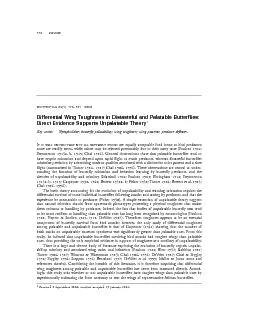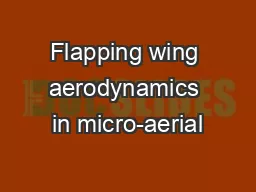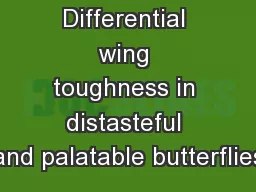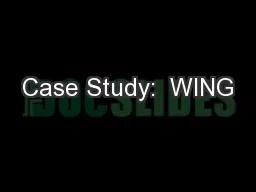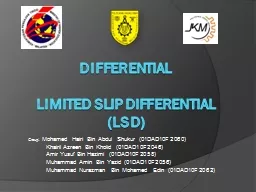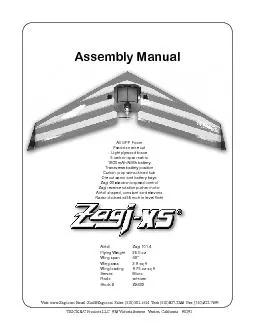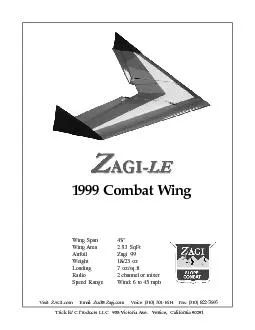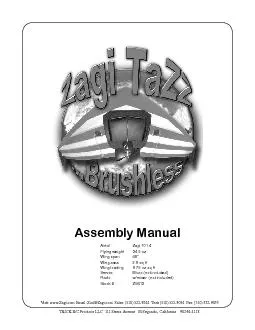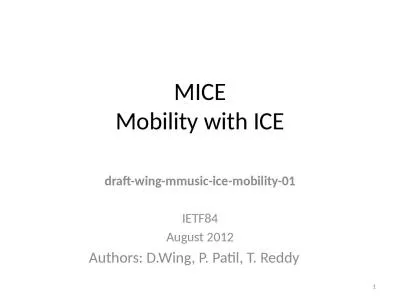PDF-DeVries BIOTROPICA Differential Wing Toughness in
Author : trish-goza | Published Date : 2015-06-03
T IS WELL KNOWN THAT NOT ALL BUTTERFLY SPECIES are equally acceptable food items to bird predators some are readily eaten while others may be rejected presumably
Presentation Embed Code
Download Presentation
Download Presentation The PPT/PDF document "DeVries BIOTROPICA Differential Wing ..." is the property of its rightful owner. Permission is granted to download and print the materials on this website for personal, non-commercial use only, and to display it on your personal computer provided you do not modify the materials and that you retain all copyright notices contained in the materials. By downloading content from our website, you accept the terms of this agreement.
DeVries BIOTROPICA Differential Wing Toughness in: Transcript
Download Rules Of Document
"DeVries BIOTROPICA Differential Wing Toughness in"The content belongs to its owner. You may download and print it for personal use, without modification, and keep all copyright notices. By downloading, you agree to these terms.
Related Documents

